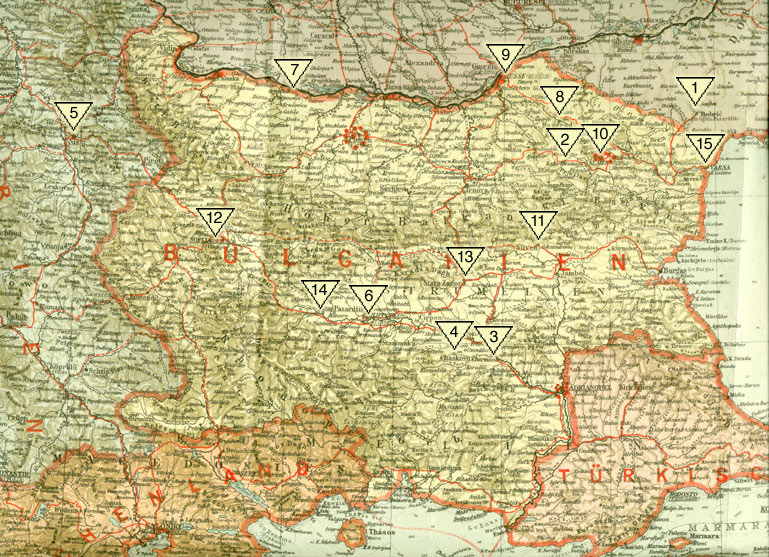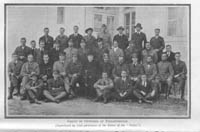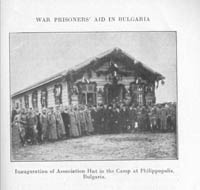Appendix A
Prison Camps
Bulgarian Prision Camps

Philippopolis
PHILIPPOPOLIS (PLOVDIV): This prison camp was located on the Maritz River, north of the Rhodope Mountains in Bulgaria. It was one of the largest prison camps in the kingdom, situated five miles from Philoppopolis near the Sofia-Adrianople Railroad line. The Bulgarians established the prison on the grounds of a former cholera hospital and incarcerated approximately 5,250 Serbian, British, and French POW's in the facility, including fort-eight officers. The Bulgarians constructed eight huts built around a square, each containing wood floors, glass windows, stoves, and oil lamps. One barrack held French prisoners, two housed British, five served Serbian, and the remaining barrack held Bulgarian guards. The Bulgarians constructed a new barrack to house the officers. Prisoners at this camp worked in labor detachments in the area in canal building and road construction. Christian Phildius first visited the prison camp in the Fall of 1916 and the Association constructed two recreation huts at Philippopolis in the Spring of 1917. One YMCA hall was assigned to the British and French prisoners and it became the center of camp life and religious services. An American YMCA and World's Alliance secretary visited Philippopolis to maintain WPA operations. They built up the prison camp library, provided a piano and musical instruments, and supported classes, theatricals, and concerts.

